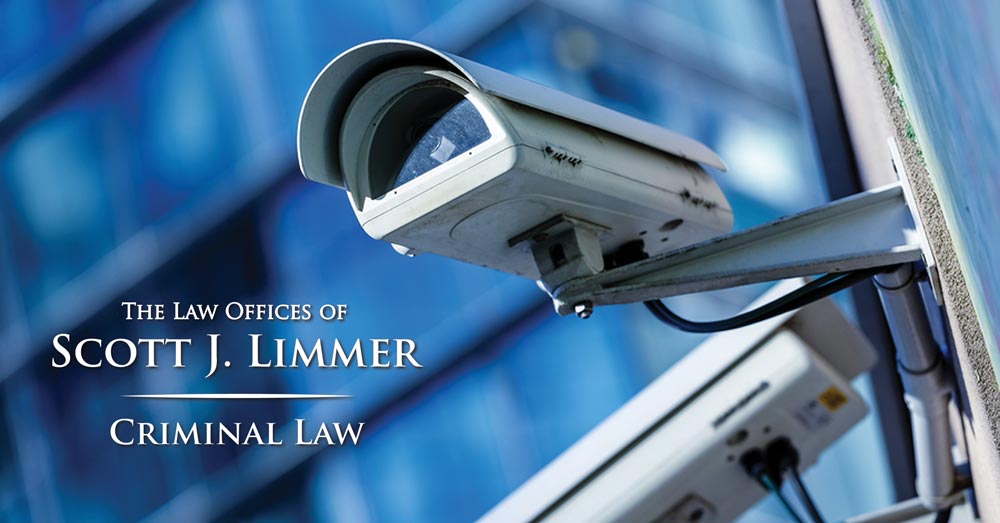Cracking down on illegal immigration was a central part of the Trump presidential campaign and continues as a major emphasis of the new administration. ICE and the administration have widely publicized some of their immigration enforcement initiatives, such as round-ups targeting alien gangs like MS-13, or raids aimed at non-citizens illegally here who have criminal records. But the new immigration enforcers have had little to say about another ICE tactic: using sophisticated electronic technology to locate targets through their cell phones.
In mid-May, the Detroit News reported ICE had received a search warrant allowing use of a “cell site simulator” to locate a 23-year-old undocumented restaurant worker from El Salvador, who was in the country illegally after having been twice deported. Sold under a variety of names, the best known of which are Stingray and Hailstorm, this portable device helps locate and track cell phones by imitating the signal a real cell tower makes, thus fooling the target’s cell phone into disclosing its location. Such tracking devices have been used by military and intelligence forces operating in Afghanistan and Iraq, and also employed by federal, state and local law enforcement agencies. In tracking a target’s cell phone, a Stingray picks up signals not only for that cell phone but also for others in the same area. In some cases, it can even intercept data and conversations on the cell phone it is monitoring.
ICE is known to have possessed such equipment since at least 2008, but not until the fall of 2015 did the Departments of Justice and Homeland Security publicly adopt policies on their use. Under those restrictions, agents are supposed to have enough probable cause to obtain a search warrant and are supposed to delete extraneous data gathered from cell phones not targeted in the warrant.
Many state and local law enforcement agencies – not subject to the Justice and Homeland Security restrictions — have also obtained the devices, often through federal anti-terrorism grants. The American Civil Liberties Union (ACLU), which supports further controls on Stingray-type devices, estimates at least 72 agencies in 24 states and the District of Columbia currently have such devices; it also sued ICE and the Customs and Border Protection seeking to compel them to answer a Freedom of Information request for more extensive disclosure on the agencies’ use of the devices.
One reason relatively little is known about how widely and for what purposes Stingray-type devices are being used by state and local law enforcement agencies is that the Federal Bureau of Investigation uses confidentiality agreements with the state and local agencies to limit public knowledge of the devices, which the FBI uses for counter-intelligence activities. A few states and localities have adopted, or are considering, legislation to set conditions on when and how the devices can be used.
